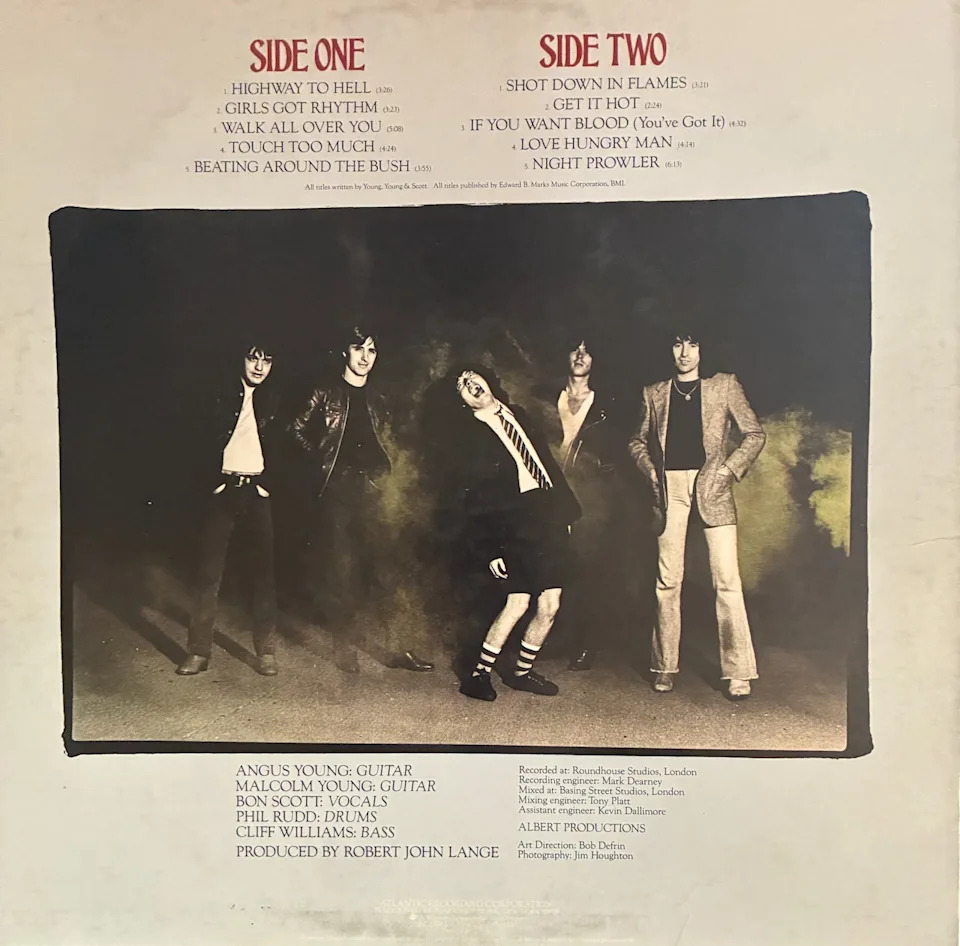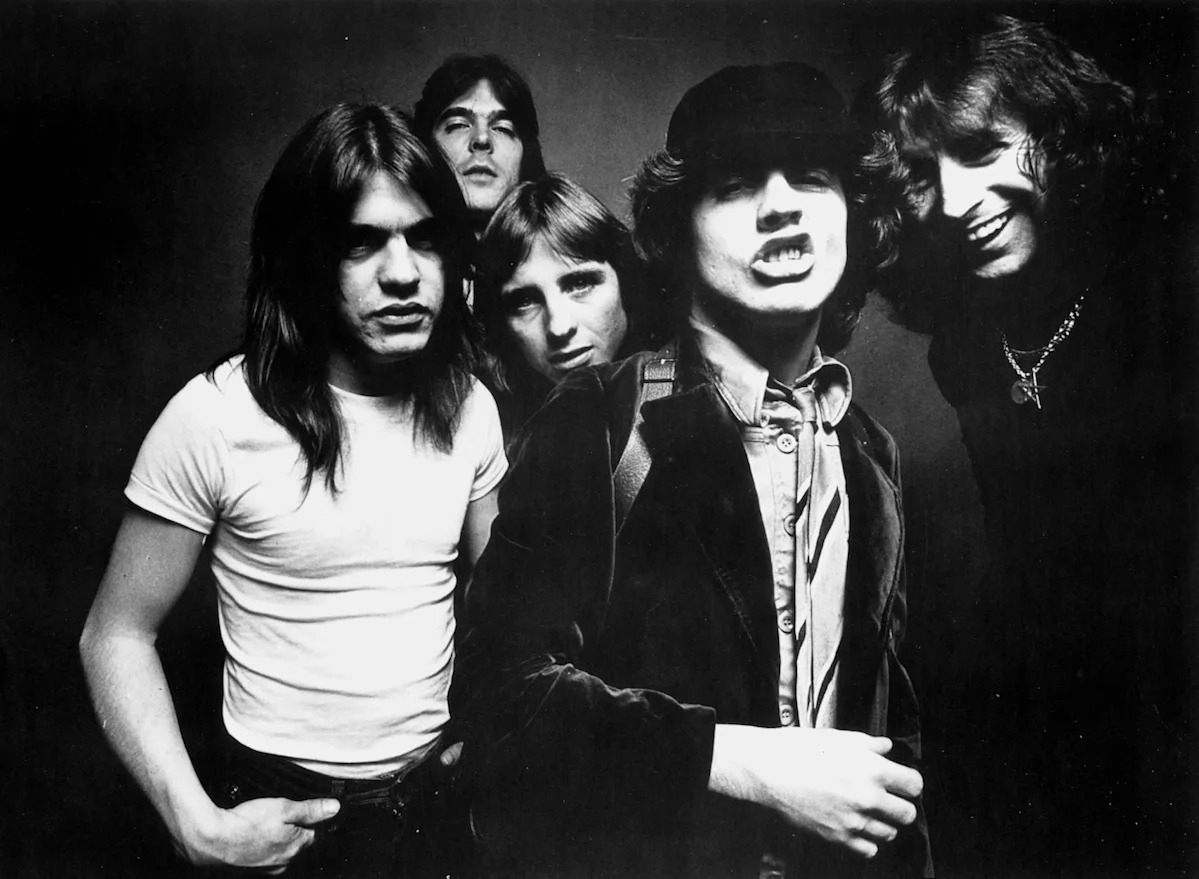The “Highway to Hell” album in 1979 made AC/DC’s one of the top hard-rock acts in the world.
And Staten Island played a key role in the album’s iconic artwork.
AC/DC were a hard-rocking quintet from Australia whose classic lineup featured Bon Scott on vocals, Angus Young on lead guitar, brother Malcolm Young on rhythm guitar, bassist Cliff Williams and drummer Phil Rudd.
Scott was every inch the hard-partying and often-shirtless frontman while Angus Young was notable for wearing a schoolboy’s uniform, including shorts, jacket and cap, on stage.
The band had released five albums by the late 1970s and were poised to jump to the big leagues.
The breakthrough album was “Highway to Hell,” the band’s first to be produced by Robert John “Mutt” Lange.
In addition to the seminal title track, the album features classic AC/DC songs like “Walk All Over You,” “Touch Too Much,” “If You Want Blood (You’ve Got It)” and “Night Prowler.”

Highway to Hell
Lange was brought in to produce after AC/DC sessions with Eddie Kramer, who had worked with Jimi Hendrix, Led Zeppelin and Kiss, fizzled out, according to “AC/DC: Maximum Rock and Roll” by Murray Engleheart and Arnaud Durieux.
The iconic cover photo for “Highway to Hell,” a group shot that features Angus Young sporting devil horns and a demonic pointed tail, was actually left over from the photo shoot for the band’s previous studio album, “Powerage.”
But the band still needed a back cover photo.
That’s where Staten Island came in.
Engleheart and Durieux write that the initial cover concept was going to be an illustration depicting a battle of good versus evil, with the band cast as the nice guys.
“The initial design bathed the band in an angelic white light on a lonely road at night, dead in the sites of a car driven by a demonic creature,” the authors wrote.
That “lonely road” was the West Shore Expressway, which had been completed in 1976.

ac/dc highway to hell
The band rejected that initial cover concept as too arty, but the photo on the back of “Highway to Hell” came from that same nighttime shoot on the West Shore Expressway, “which involved a location van, makeup people, the works,” according to Engleheart and Durieux.
The rear cover shot “involved advance planning and arrangements,” the website says. “This was to be shot at night on a dark highway with the smoky fires of Hell behind them. Where to find an abandoned highway close to Manhattan? Why Staten Island, of course.”
The website says that the Mayor’s Office for Film Production helped Houghton and the band by allowing them “a closed section of road that was under construction.”
Houghton used strobe lights and rented smoke machines to create an eerie effect, and the final photo was specially treated to make the image look like a full-frame black-and-white print.
The fan website says that looking back, Houghton believed that more lights should have been used behind the smoke.
“Highway to Hell,” released in July of 1979, made AC/DC one of the top acts in rock music, but the excitement turned tragic when lead singer Scott was found dead of alcohol intoxication on Feb. 19, 1980.
The band, however, didn’t miss a beat, quickly installing Brian Johnson as lead singer.
AC/DC’s next album, “Back in Black,” produced by Lange and released in July 1980, has sold over 50 million copies worldwide, making it one of the top-selling records of all time and making AC/DC hard-rock royalty.
Read the original article on silive.com.

